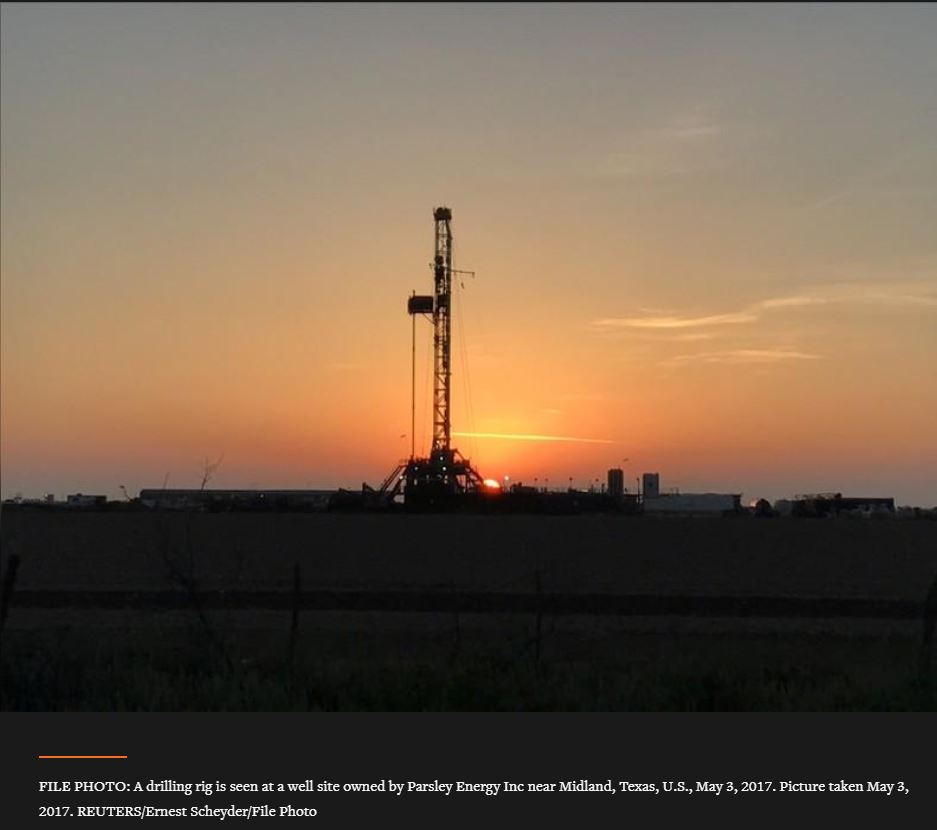
After Texas pushed the United States over the last decade to become the world’s biggest oil producer last year, the heart of the shale revolution is starting to show fatigue.
The volume of crude being pumped out of Texas recently saw its first monthly dip in a year. Oil well productivity in Texas’s Permian basin – the country’s largest oil field – is falling, and the number of drilling rigs operating in the United States has declined for six straight weeks.
Those indicators of future U.S. oil production suggest that the massive surge in output over the past two years cannot continue unabated, and instead will shift to a near-term plateau in supply.
“For certain companies, production could start to flatline, even roll over” in the second half of the year, said James West, a senior managing director for research analysts Evercore ISI. “I think you will see revisions to the overall growth forecasts … for U.S. production.”
Evercore originally expected the land rig count to rise 6 percent in 2019; last week it revised its forecast to a 1 percent drop for the year.
The U.S. Energy Information Administration (EIA) in March trimmed its crude production forecast to an average of 12.3 million barrels per day (bpd) for 2019 from 12.4 million bpd. That was the first time the EIA cut its production estimate since September.
Morgan Stanley on Thursday shaved 100,000 bpd off its U.S. crude growth projection for the year due to well “productivity improvements slowing, the rig count rolling over” and guidance from exploration and production companies, it said.
U.S. crude supply ballooned in 2018, which overall production rising by 1.7 million bpd to a record 10.9 million bpd in 2018. That was the biggest year-over-year increase in output, according to EIA data going back to 1859.
The number of drilling rigs started to fall after domestic crude prices dropped to $42 a barrel in December from a peak of $76 in October. Prices have since recovered, with U.S. crude now at $62, but the rig count is now near its lowest level in almost a year, according to General Electric Co’s Baker Hughes energy services firm.
“Usually there is about a six-month lag between a drop in rigs and an impact to production levels,” said Jodi Quinnell, an analyst at Genscape.
That means the full effect of the drop in rigs might not be seen for several months. Unless prices skyrocket, independent shale companies are expected to maintain lower levels of spending.
U.S. drillers, heeding the wishes of investors, have been cutting spending in response to years of lackluster returns. While majors Exxon Mobil Corp and Chevron Corp are expanding in Texas’s Permian region, independent companies are not.
Photo as posted in Reuters: A drilling rig is seen at a well site owned by Parsley Energy Inc near Midland, Texas, U.S., May 3, 2017. Picture taken May 3, 2017. REUTERS/Ernest Scheyder/File Photo



